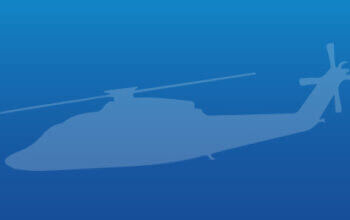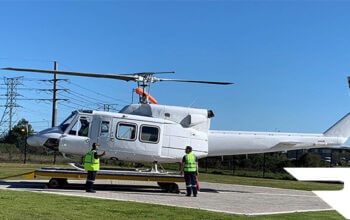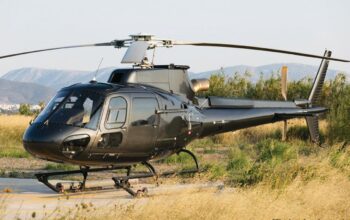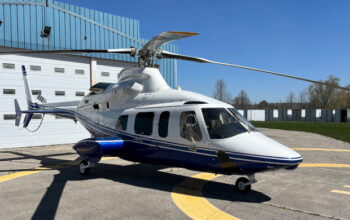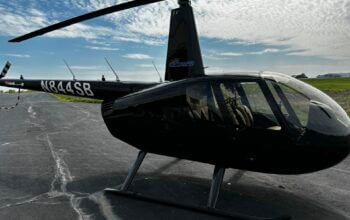Estimated reading time 10 minutes, 50 seconds.
The Royal Canadian Air Force (RCAF) will receive nine Airbus A330-200 Multi Role Tanker Transport (MRTT) aircraft to replace its current CC-150 Polaris fleet.
The Canadian government on July 25 awarded a contract of about $3.6 billion to Airbus Defence and Space for the purchase of four new Airbus-built A330 MRTTs and the conversion of five used A330-200s to the MRTT configuration, after determining in 2021 that the aircraft was the only one currently able to meet RCAF requirements.
Known as the Strategic Tanker Transport Capability (STTC), the project has taken on some urgency in recent years as the small fleet of CC-150s, a variant of the Airbus A310-300, has begun to show signs of aging. In addition to accumulating significant flight hours moving troops and cargo in and out of operational theaters such as Afghanistan, Iraq, Eastern Europe, and elsewhere, and transporting the Prime Minister and government ministers to international events, the aircraft have suffered several incidents — including a collision with a hangar wall in 2019 — that have limited their flying.
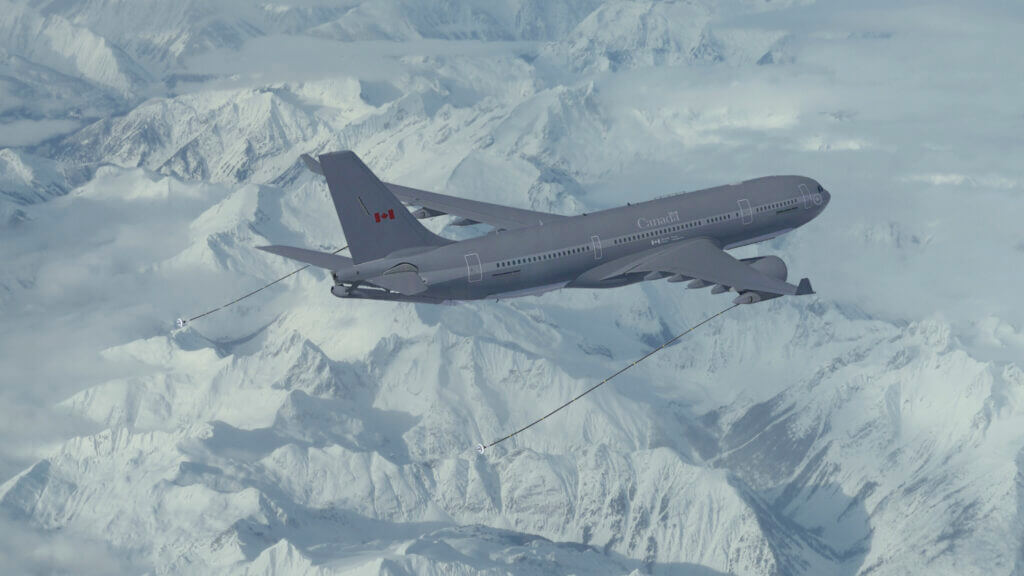
(On July 21, 2023, a CC-150 reportedly “came into contact” with a French A400M transport aircraft on the ramp at Andersen Air Force Base in Guam. No one was on board the Canadian plane at the time, according to the Department of National Defence, but the incident is under investigation.)
The five twin-engine Airbus A310-300s were acquired from Canadian Airlines in 1992 for the multi-role mission. Two were later converted to air-to-air refueling tankers in 2008 to support the CF-188 Hornets and coalition fighter jets.
The CC-150 life expectancy is now set for 2027, according to senior government and air force officials, who briefed media on background prior to the contract announcement. Mission flexibility has decreased, they noted, and several of the aircraft “can no longer effectively perform all operational requirements.” A life extension is not feasible due to the age of the airframe and the technical upgrades required.
Furthermore, the two CC-150 air-to-air refueling tankers only have probe and drogue aerial refueling systems and cannot support the RCAF’s incoming fleet of Lockheed Martin F-35A fighter jets, nor U.S. Air Force F-35s, F-22 Raptors, and F-15 Eagles – a significant limitation in Canada’s recent commitment to NORAD modernization. The renewed NORAD agreement includes the ability to launch tankers on short notice, which “necessitates a deeper fleet,” said one senior official.
With many international carriers parking fleets during the height of the Covid-19 pandemic, the government was able to “accelerate” the Polaris replacement program by taking advantage of a small pool of available A330-200 commercial long-haul aircraft suitable for conversion to the MRTT standard.
Two were acquired in July 2022 for US$102 million and three more were purchased in July 2023 for US$150 million, all through International AirFinance Corporation from the same operator in Kuwait, following a competitive process, according to senior officials.
“The procurement of used aircraft for this capability is a viable option given that military rates of annual flight hour consumption are typically less than commercial rates,” the government stated. “Thus, a used commercial aircraft that has a modest number of hours flown on it can still achieve a full military service life of 30 years.”
The five used A330-200 aircraft will receive a “limited retrofit” to bring them to the standard of a new A300-200, and will be powered by the same Rolls-Royce Trent 700 engines as the four additional Airbus-built aircraft.

At present, eight of the nine aircraft will adopt operational grey livery and be converted to the full MRTT mission suite of troop and cargo transport, aeromedical evacuation, and air-to-air refueling – with both boom and hose and drogue systems. One will receive a white Canadian government livery and be earmarked for secure transport of high-ranking government officials. However, it could be converted to a tanker as well at a later date, if required.
Officials noted that allies such as Australia, the United Kingdom, France, and Spain have adopted a similar approach to providing strategic airlift and air-to-air refueling with used fleets of A330-200 converted tankers.
By increasing the fleet to nine rather than six, as originally planned, the RCAF will have much more capacity and flexibility to respond. At present, the CC-150 fleet has three lines of tasking – two are air-to-air refueling and one is transport, including VIP. The new fleet will allow for three to five lines of tasking, three of which could be tanking, a senior official noted. The A330 MRTT will provide a “real Swiss army knife in terms of what it can do” fueling fighter jets at the extreme edges of North America’s airspace approaches.
The first two used A330s are currently undergoing pre-delivery scheduled maintenance and will enter service this fall in a transport role once sufficient aircrew have completed conversion training. An initial cadre of pilots and cabin crew began the three-month course in the U.K. earlier this year. The first aircraft to arrive will have a paint scheme similar to CC15001 Polaris, which provides government transport.
The other three will be delivered in the summer of 2024. Although the Airbus MRTT conversion line has a waiting list, the early and “aggressive execution” of the contract with Airbus means Canada was able to secure places in the schedule to have the first MRTT converted aircraft delivered by 2025, a senior official said.
The new-build A330-200s will be assembled in Toulouse, France, and are scheduled to enter the conversion line in Getafe, Spain, in mid-2025, according to Airbus. Both new and used aircraft will be delivered to the RCAF in 2027.
As with the current CC-150 fleet, the new fleet of CC-330 Huskies will be operated by 437 Transport Squadron out of 8 Wing Trenton, Ontario. The RCAF opted for “Husky” as the name for the aircraft because of its history with 437 Squadron. The Husky dog has been the squadron mascot since 1944 and the emblem on its crest. As well, 437 Squadron aircraft currently use the callsign “Husky” on local flights.

To ensure the tankers can launch quickly to support fighters off either coast and over the Arctic, the RCAF is assessing basing options that could include main operating bases in eastern and western Canada, as well as at least one forward location in the North. A decision on the base in eastern Canada is expected this fall. The interim aircraft will operate from the Ottawa International Airport (CYOW).
The CC-330 will be about 50 percent larger than the CC-150, requiring new infrastructure wherever it is based.
The government intends to complete a long-term in-service support (ISS) contract for the new fleet, but will cover any short-term maintenance under an existing ISS agreement with L3Harris in Mirabel, Quebec, to support the Polaris.
“As autocratic regimes threaten the rules-based international order, there is a pressing need to modernize the capabilities of the [RCAF] in support of North Atlantic Treaty Organization and North American Aerospace Defense Command operations,” National Defence Minister Anita Anand said in a statement.
“The Strategic Tanker Transport Capability brought forward today with the contract award for renewed air-to-air refueling, strategic transport, and aeromedical evacuation capabilities, will deliver modern equipment for our Canadian Armed Forces, who put their lives on the line every single day to defend our shared continent with the U.S., and support our allies in time of need.”
